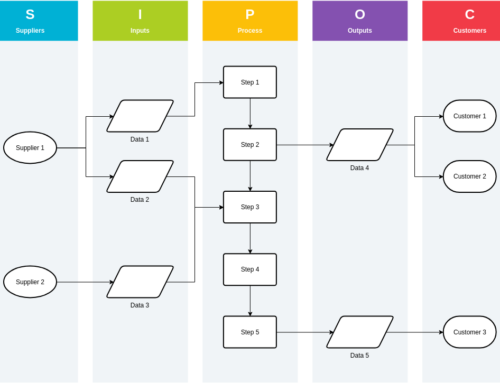Have you gone data-blind?
So. Much. Data! You’ve heard the stories about how much data is available online—and how much more is added every day. And even though all that information is available to us, humankind hasn’t grown all that much smarter. Because we don’t know which data is important and which is trivial, we’ve gone blind to almost all of it.
It’s an uphill climb from data to information to knowledge to wisdom to action—and that uphill climb is called “disfluency.”
Is your data fluent or disfluent?
Disfluency is to make something more difficult in order to absorb it and then to take action. It’s the effort of turning data into power. It’s not enough just to have information. When we want to learn from information, we should force ourselves to do something with the data.
“Fluent” processing allows us to take in key information quickly—but not necessarily to retain it or even understand it in a meaningful way. The whole experience becomes meaningless, less engaging, and unsatisfying.
Conversely, we process disfluent information more carefully and deeply, and this naturally results in us understanding it better.
What does that mean? When you find a new piece of information, force yourself to engage with it, to use it in an experiment or describe it to a friend—and then you will start the connections that are at the core of learning.
The wrist vs. the waist
Like many of you, I have a smartwatch. This watch has lots of impressive features that monitor my health. For example, it measures my heart rate while resting and again while exercising.
On the other hand, every day I also measure and record another important health indicator: the circumference of my waist. Because my smartwatch can’t do that, I have to use a tape measure and then record the number.
What’s the result of this data? I must admit, that from day to day I have no idea what my heart rate is. The information is there, but I rarely check it. However, every day I’m (painfully) aware of my waist size. In fact, that information often motivates me to eat less and healthier–because I have to engage with that information.
Another example: the daily huddle
Every morning, my organization has a huddle. Each team member has numbers they have to report to the group on a huddleboard. For me, this involves counting leads, web traffic, conversions, and other marketing data. Most of these numbers have to be chased down and calculated and takes a small amount of time. I have often wished that all this data was just automatically found and reported on a dashboard. That would be easy—much less effort, right?
But the reality is, if I wasn’t putting in the time and effort to personally know the numbers, I wouldn’t be as aware of problems, trends, or successes—and how I should be spending my time and energy.
Having me grapple with these numbers on a daily basis is called disfluency. This means that people process information differently, and that some of it is easy (fluency) and some of it requires effort (disfluency).
Should we make information more disfluent?
A lot of the data that we use day to day needs to be fluent. We need to be able to access and use it quickly, so it should be easy to digest. However, information that is easily consumed is also easily forgotten.
In almost everything we do there are a few key measures that tell us how we are doing against our goals and targets. Data such as production data, sales information, or financial projections need to move beyond abstract numbers and become more intuitive, becoming much more central in our awareness, moving from organization knowledge to personal understanding. It’s this data that needs to be deeply understood so that it can underpin the decisions we make.
How should organizations present their people with important details and data to ensure it is meaningfully understood and retained?
It’s a good idea to look at the fluency of key data or information within your organization. If it’s being presented to people too easily, make it more disfluent so they have to think about it. You can do this by:
- Asking for reports that require some small amounts of manual work to create, such as looking stuff up.
- Ask people to interpret data, not just produce it.
- Change layouts so people have to search a little, or read more carefully, to find things.
Disfluency as waste or disfluency as added value?
Part of being a lean organization means eliminating waste. Why would we want to intentionally leave an extra step in a process that could be “automated” out? The only Lean reason is: if that step is a value-add step. How can you decide if manually entering the numbers is value add or waste?
Manually entering data may be Value Add if:
- The person entering the data can influence the output with their efforts.
- The amount of time required is minimal. One number per day is a good rule of thumb.
- An audit of the data is required, and it can be performed as part of a manual cut/paste process step.
- The data is entered by someone who can learn from the data, or may be able to suggest process improvements or recognize correlation.
Manually entering data may be WASTE if:
- The person doing the data entry is disconnected from the work that the number represents.
- The person entering the data is NOT able to influence the output.
- The amount of data is very large. If one person is cutting/pasting 100s of numbers, it is probably waste.



